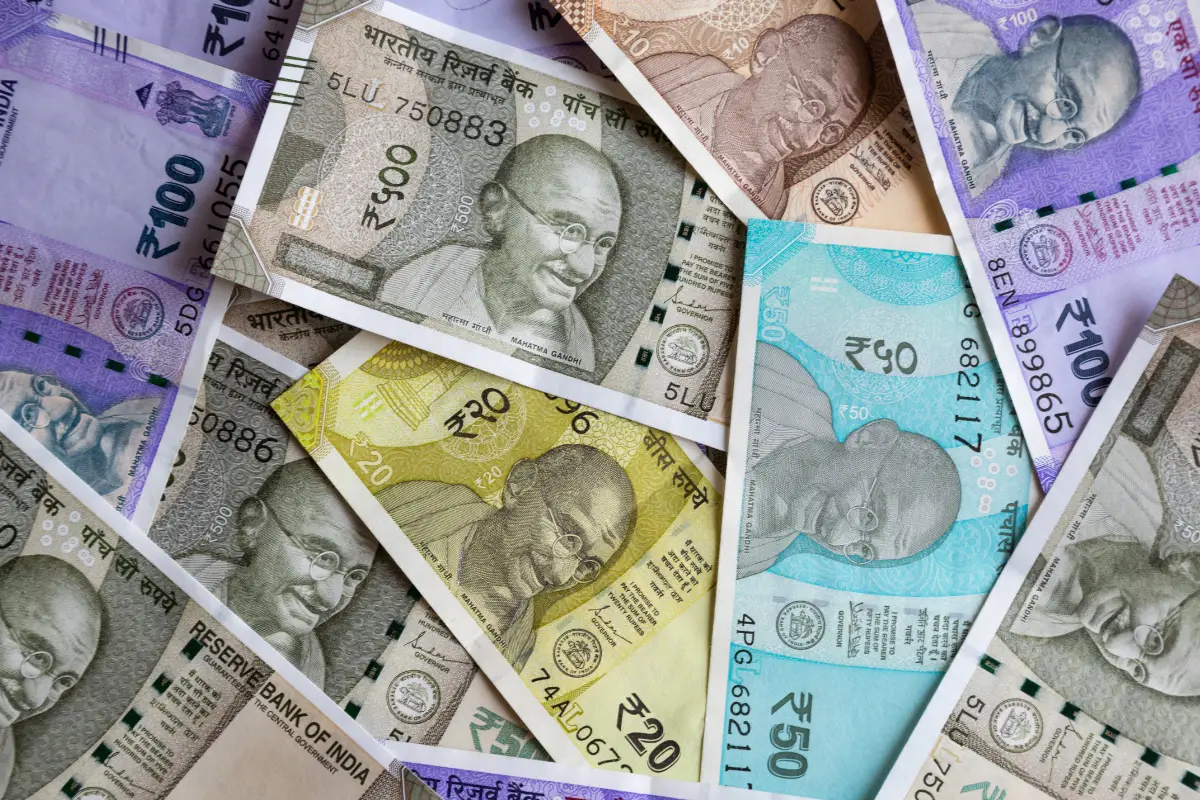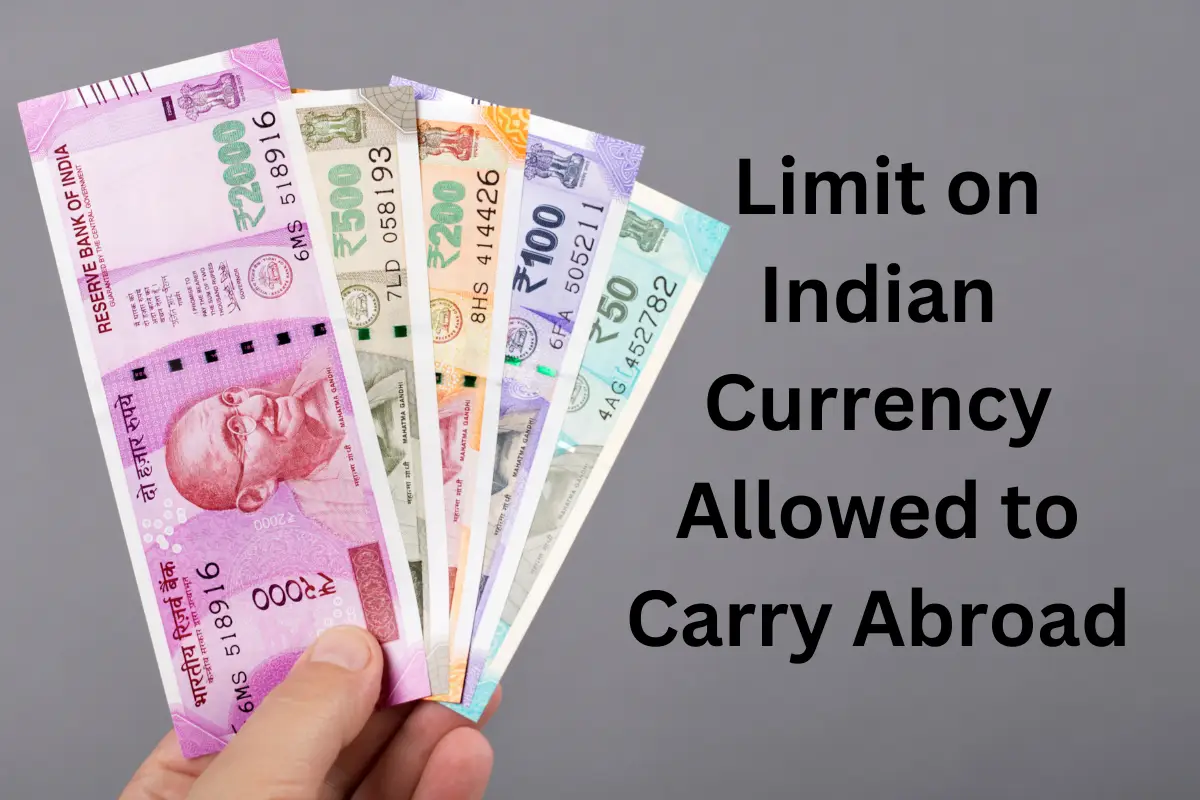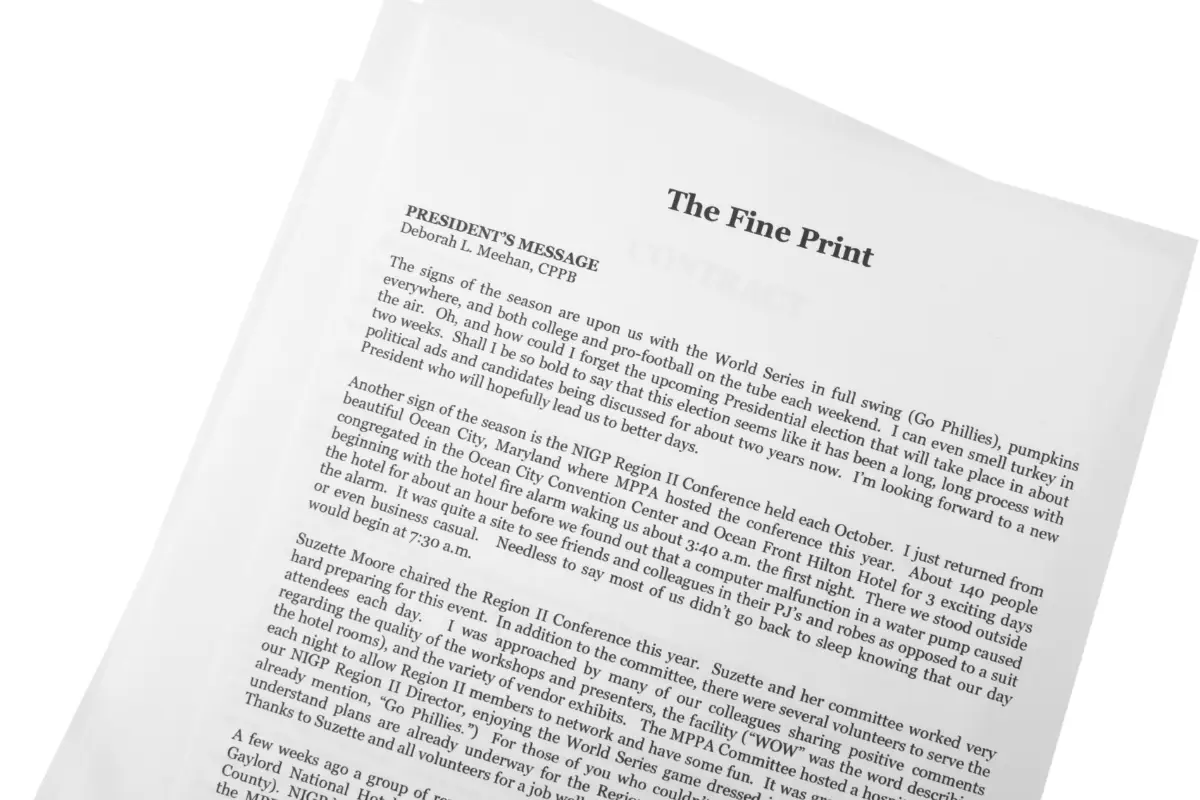How Much Indian Currency Allowed to Carry Abroad? A Complete Guide
Traveling abroad can be an exciting experience, whether it’s for business, leisure, or study purposes. But before you pack your bags, there’s one crucial question that often gets overlooked: how much Indian currency is allowed to carry abroad? It’s a valid concern, as there are regulations set by the Reserve Bank of India (RBI) on the amount of currency you can carry when traveling overseas.
Understanding these rules is essential, not only to ensure you’re in compliance with the law but also to avoid unnecessary complications at the airport. So, let’s break down everything you need to know about the Indian currency allowed to carry abroad, and how you can plan your finances for your next international trip.

Understanding the Limit on Carrying Indian Currency and Your Alternatives
Before you travel abroad, it’s important to understand the regulations regarding the amount of Indian currency allowed to carry abroad. In this section, we’ll explore the limits on carrying Indian currency, the declaration process, and alternatives to carrying cash while traveling internationally. Below are the key points to keep in mind:
What is the Limit on Indian Currency Allowed to Carry Abroad?
The first and most important question is: how much Indian currency is allowed to carry abroad? According to the RBI regulations, any Indian resident traveling abroad is allowed to carry up to ₹25,000 in Indian currency (INR). This is the maximum limit for carrying physical Indian currency with you.
This limit applies to personal travelers, and it’s specifically for Indian currency notes. You can carry this amount in cash, but once it exceeds this, you’ll need to explore alternatives, such as exchanging INR for foreign currency before your trip.

Why is There a Limit on Carrying Indian Currency Abroad?
You might wonder why there is such a limit on Indian currency allowed to carry abroad. The reason lies in the regulation of capital flow. The Indian government and RBI closely monitor the movement of money across borders to ensure economic stability. Carrying large amounts of Indian currency abroad could pose risks related to money laundering or other illegal activities.
Additionally, limiting the amount of Indian currency allowed to carry abroad helps control the outflow of domestic currency, which in turn stabilizes the Indian economy.

What Happens if You Carry More Than the Allowed Limit?
If you attempt to carry more than ₹25,000 in Indian currency, you are required to declare the excess amount to the customs authorities when you leave India. Failing to do so can lead to serious consequences, including the confiscation of the excess cash, hefty fines, and potential legal action under the Foreign Exchange Management Act (FEMA). It’s crucial to adhere to these rules to avoid any unwanted hassles or legal issues at the airport.
In case you need to carry a larger sum of money for your trip, it’s advisable to convert a part of your Indian currency into foreign currency before you leave India. This will not only ensure compliance with the regulations but also help you avoid difficulties during your travel, especially if you’re heading to a country where currency exchange might be more expensive or complicated.

What Are the Alternatives to Carrying Indian Currency?
Now that we know the limit on Indian currency allowed to carry abroad, let’s talk about some alternatives to carrying cash:
- Foreign Currency: It’s highly recommended to convert your Indian currency into foreign currency before your trip. Most foreign countries won’t accept INR, so having the local currency on hand when you land will make your travel much smoother. You can do this at banks, foreign exchange centers, or online forex platforms.
- Prepaid Travel Cards: Another excellent option is carrying a prepaid travel card. These cards can be loaded with a certain amount of foreign currency, and you can use them just like a debit or credit card abroad. They’re a secure and convenient option for managing your finances while traveling.
- Traveler’s Cheques: Although not as commonly used today, traveler’s cheques are still a safe way to carry money while traveling. They can be exchanged for local currency in banks or exchange counters at your destination.
- Debit/Credit Cards: Debit and credit cards can be used internationally, but it’s essential to inform your bank beforehand to ensure that your card is enabled for international transactions. Just be aware of foreign transaction fees that may apply.

How to Declare More Than ₹25,000 in Indian Currency?
If you need to carry more than ₹25,000 in Indian currency, you must declare it to customs officials before leaving India. The declaration can be made through the Customs Declaration Form (CDF) at the airport. This form asks for details such as your flight number, the amount of INR you are carrying, and your destination country.
It’s important to note that this declaration is mandatory only if the total amount exceeds ₹25,000. If you’re carrying any other form of currency, such as foreign currency notes or traveler’s cheques, these don’t need to be declared unless the amount exceeds a specified limit.

What About Currency in Electronic Form?
If you’re carrying money in electronic form, such as through prepaid travel cards, digital wallets, or cryptocurrencies, there’s no specific limit imposed on such transactions when leaving India. However, it’s important to keep in mind that you may be required to declare the equivalent value of the money if you carry an amount exceeding USD 10,000 (or its equivalent) when combined with physical and electronic currencies.
This means that while Indian currency allowed to carry abroad has a clear limit, electronic forms of currency provide a more flexible alternative for handling your travel finances.

Why Choose Savi Forex for Hassle-Free Currency Exchange in Bangalore?
Understanding the rules around Indian currency allowed to carry abroad is essential to ensure a smooth and hassle-free travel experience. As your trusted currency exchange partner, we at Savi Forex want to ensure you’re fully prepared for your travels. While you can carry up to ₹25,000 in Indian currency, we recommend exploring other options like foreign currency, prepaid travel cards, and debit/credit cards for added flexibility and security. By planning ahead and following the necessary regulations, you can focus on enjoying your trip without worrying about money-related complications.
At Savi Forex, your go-to destination for currency exchange in Bangalore, we make your currency exchange process simple and reliable. As an RBI-authorized service, we offer seamless exchanges for up to 17 different currencies, providing you with the best rates and convenience for your international travel. Trust us to take care of your currency exchange needs so that you can travel confidently, knowing your financial requirements are in safe hands with Savi Forex.







